
Reliable vendors are an integral cog in the constantly innovating wheel of the food and beverage world. Culinary establishments recurrently order ingredients or have them grown exclusively. Here is how brands are customising supply chains for consistency in operations.
Ingredient shot_Kappa chakka kandhari_photo by sanjay ramchandran copy
Small batch sourcing
Ponram Biriyani opened an outlet in Bengaluru mid-2024 and later in December that year at Ashok Nagar in Chennai, bringing its legacy Dindigul-style biryani to these cities. This brand has painstakingly explored, tested and arrived at sources for each of its ingredients. “The raw material for our gingelly and groundnut oils are sourced from local farmers in Tamil Nadu, based on our specifications of grain size and age. Coconuts for oil come from our farms and are organic, sun-filtered and sulphur-free,” explains Prabhakaran R, managing director.
Based on generational experience and research, their pepper now comes from Tamil Nadu’s Thandikudi; coriander seeds and dry chillies from the State’s Virudhunagar district. The cardamom is from Bodinayakkanur in Theni, cloves from Thadiyankudisai, hill garlic and turmeric from Poombarai and Erode, respectively, all from Tamil Nadu.
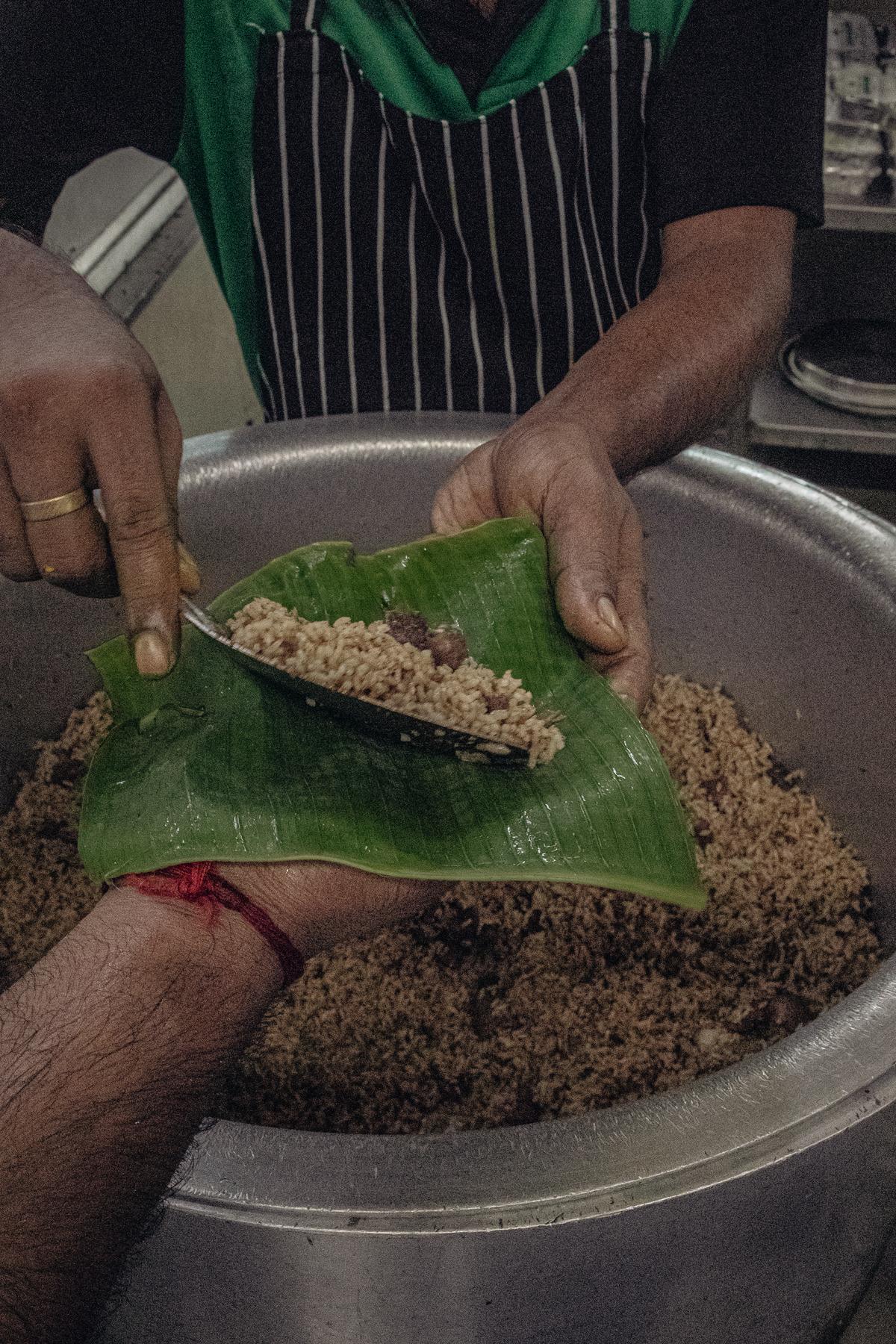
Ponram’s mutton biriyani
| Photo Credit:
Edwin J Robert
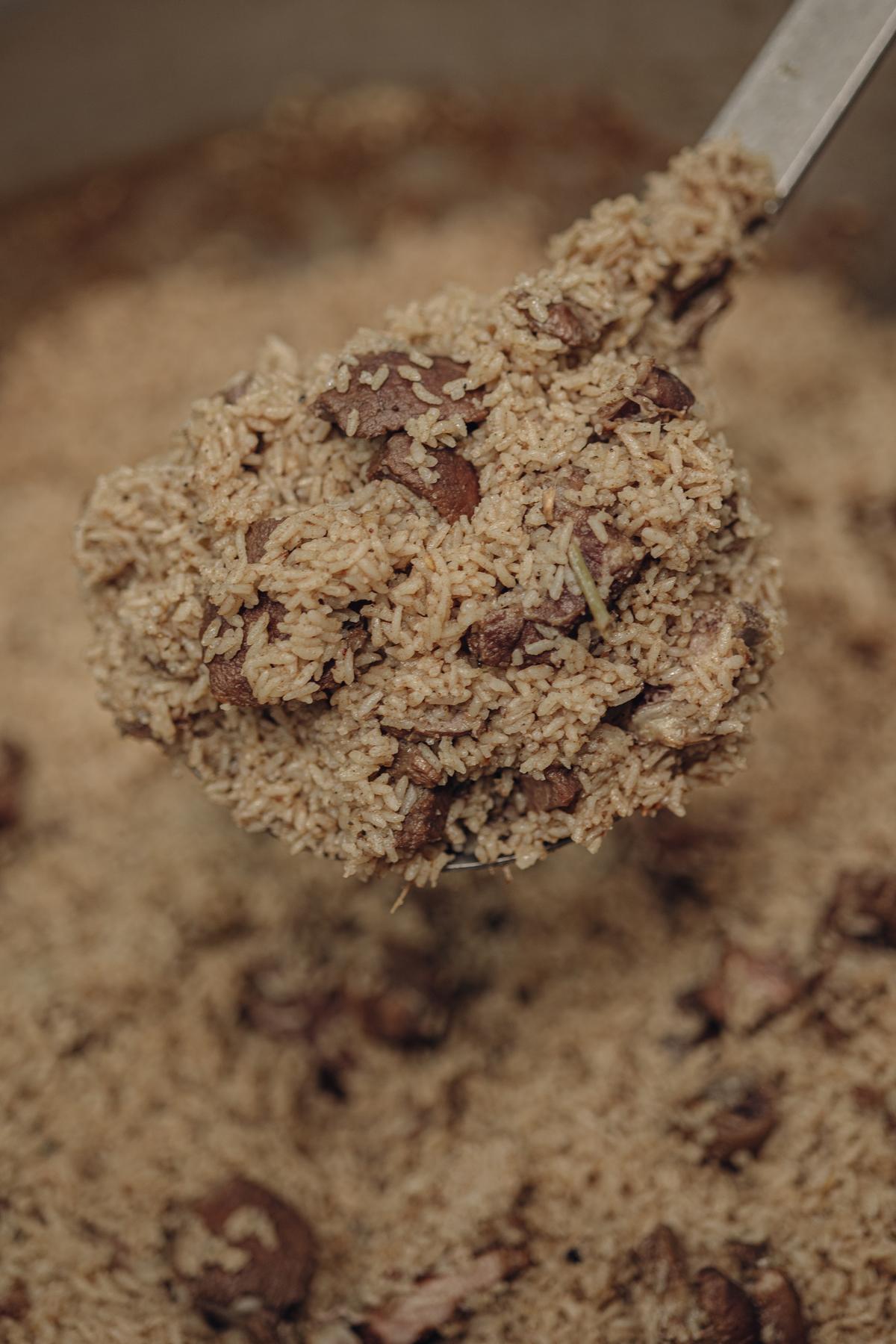
Based on generational experience and research, Ponram’s pepper comes from Tamil Nadu’s Thandikudi
| Photo Credit:
Edwin J Robert
The biryani, its star dish, is made from tender sheep, each not weighing more than nine kilograms. “We source livestock and keep them on our farm. Information related to age, source and grading of meat is at our fingertips. Our controlled environment allows us to calculate the meat-to-fat ratio of our sheep accurately for flavour balance. All butchering happens at the farm ensuring the right cuts,” says Prabhakaran.
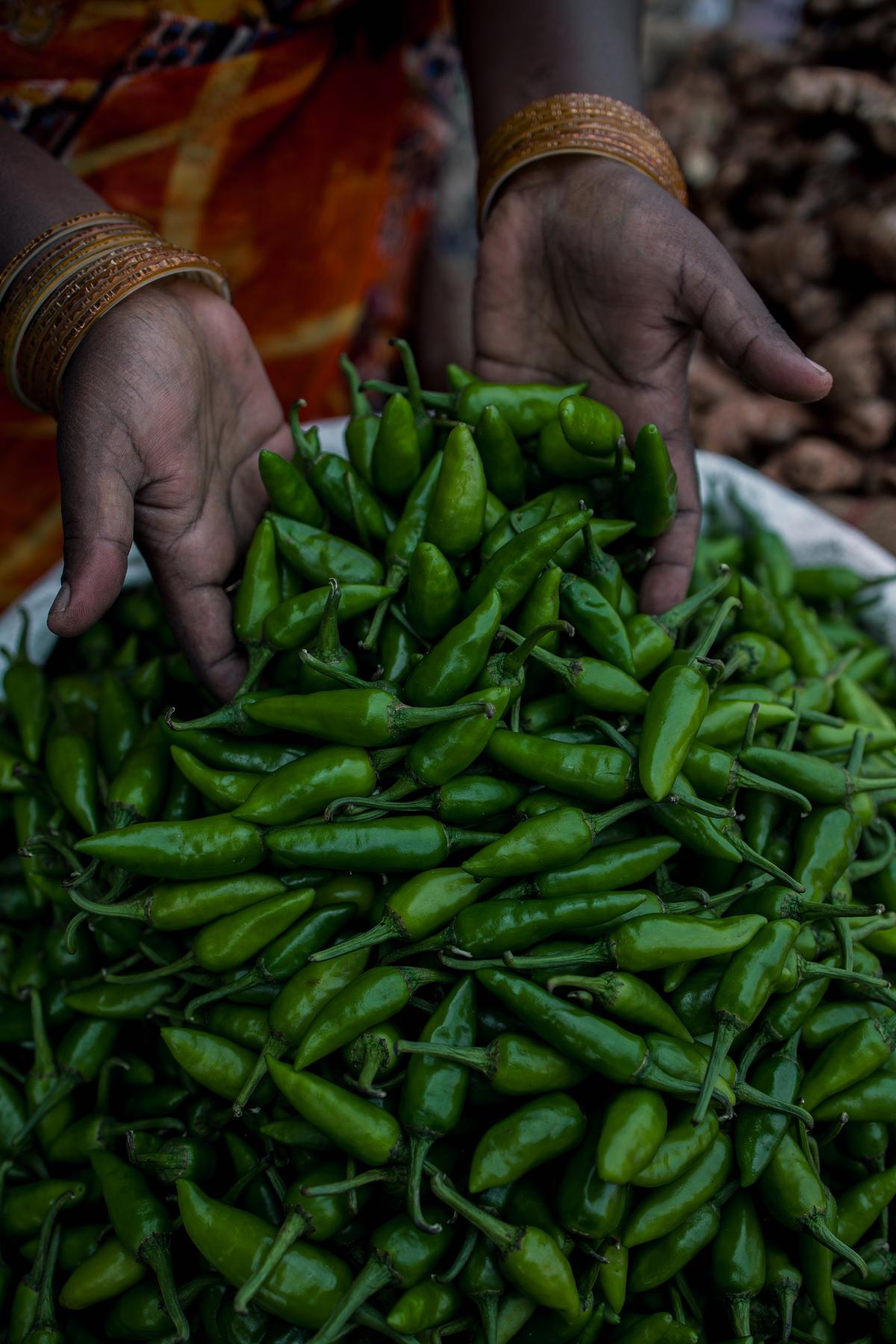
Chillis at Ponram Biriyani
| Photo Credit:
VV Studios
Ponram Biriyani also owns a dairy farm in Kuttiyapatti village of Tamil Nadu’s Dindigul district that supplies ghee and curd for not just the onion raita (which follows a seven-step preparation process), but for its home-grown regional ingredient-based ice cream, milk and butter too.
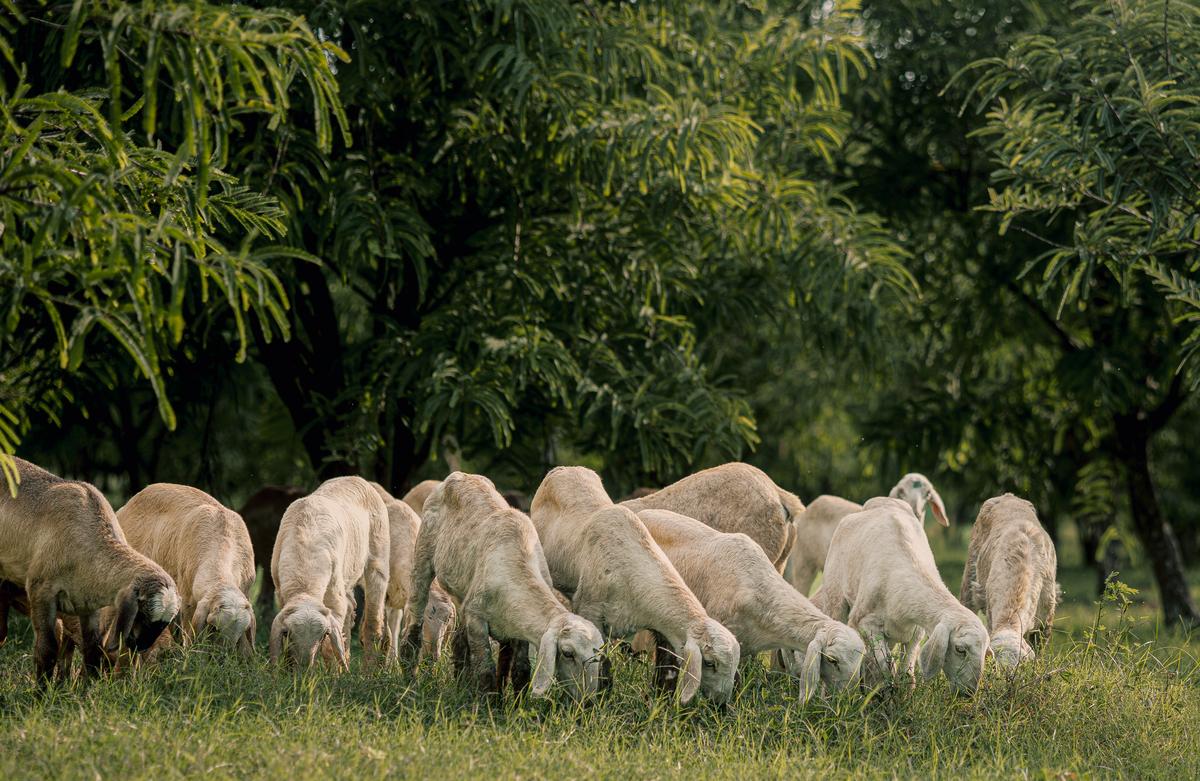
Sheeps at Ponram Biriyani’s farm
| Photo Credit:
VV Studios
“We only work with small batches and rely on specific packaging techniques to ensure the quality of the ingredients remains intact even when transported to outlets,” adds Prabhakaran.
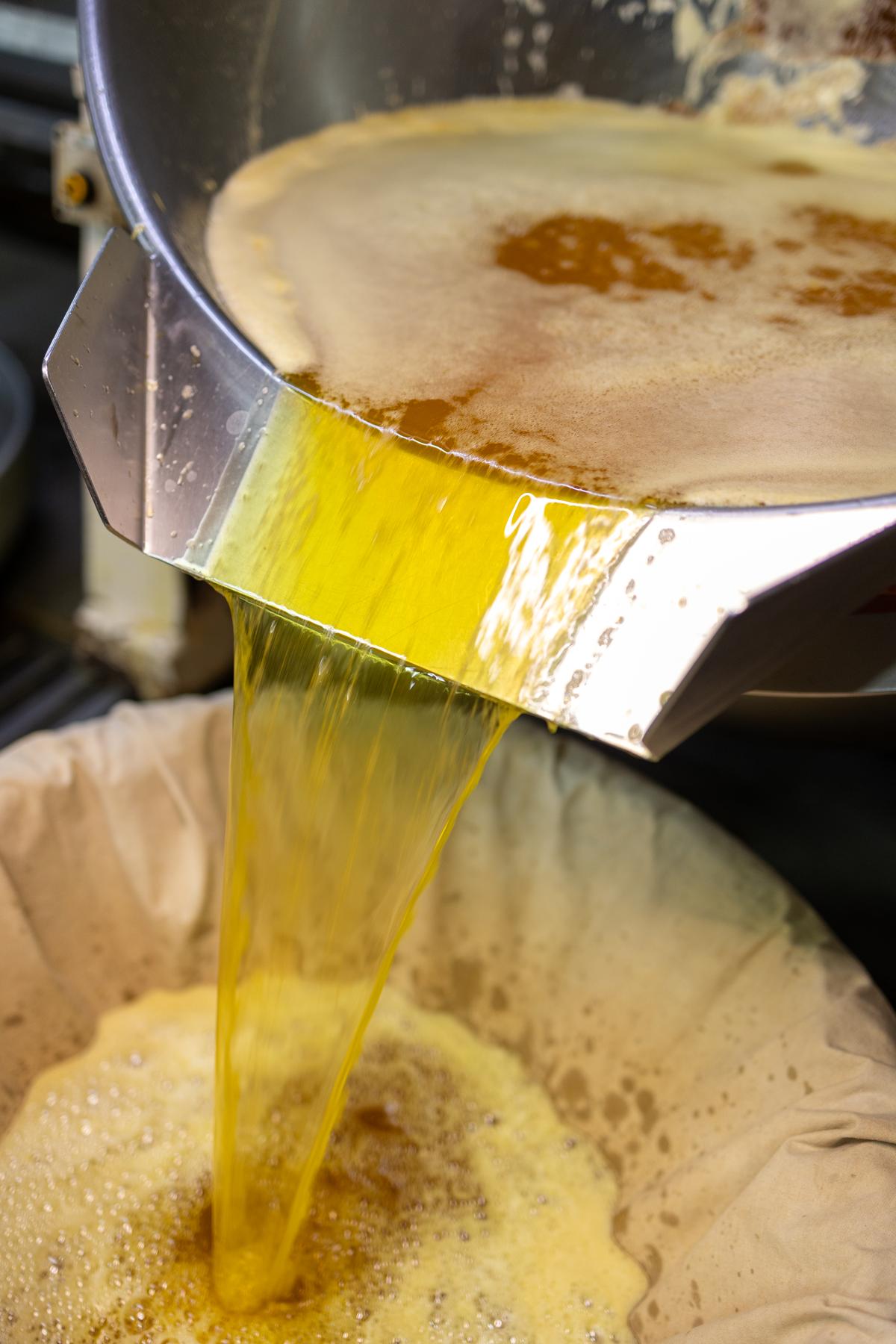
Ghee is made in-house at Ponram Biriyani
| Photo Credit:
VV Studios
Travel diary
OMO: Soul Food Community in Gurugram is an ingredient-forward, plant-based restaurant that focusses on seasonal, regional and local produce. “We go to farmers in remote areas and try to source ingredients that are unheard of. In Chenwetnyu, a village 71 kilometres from Mon district in Nagaland, we discovered rare millets locally called seafook, chithra, vaothri, chaela, and ofoam. These inspired a special menu and were used as stuffing for pumpkin flowers, in mixed millet pancakes, in a millet congee, and in a fermented millet fruit bowl. This last remains popular and is now made with barnyard millet,” explains Vanshika Bhatia, executive chef-owner.
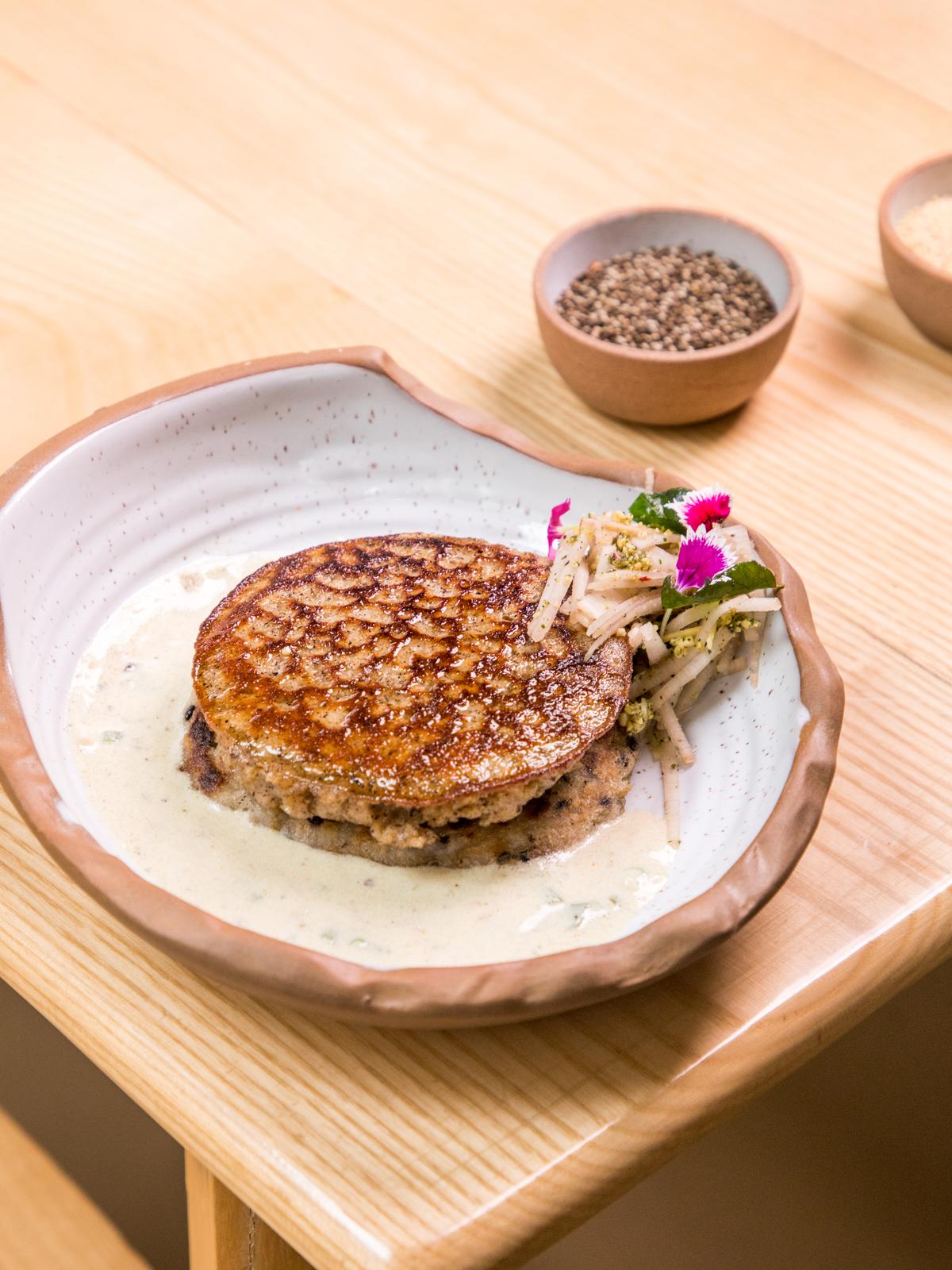
Millet pancakes with banana stem salad
| Photo Credit:
Special Arrangement
OMO shuffles the dishes on its menu regularly but retains some signatures year-round by adjusting ingredients seasonally. The dish called seasonal greens, asparagus and broccoli is renamed winter greens, replacing asparagus with fiddlehead ferns.
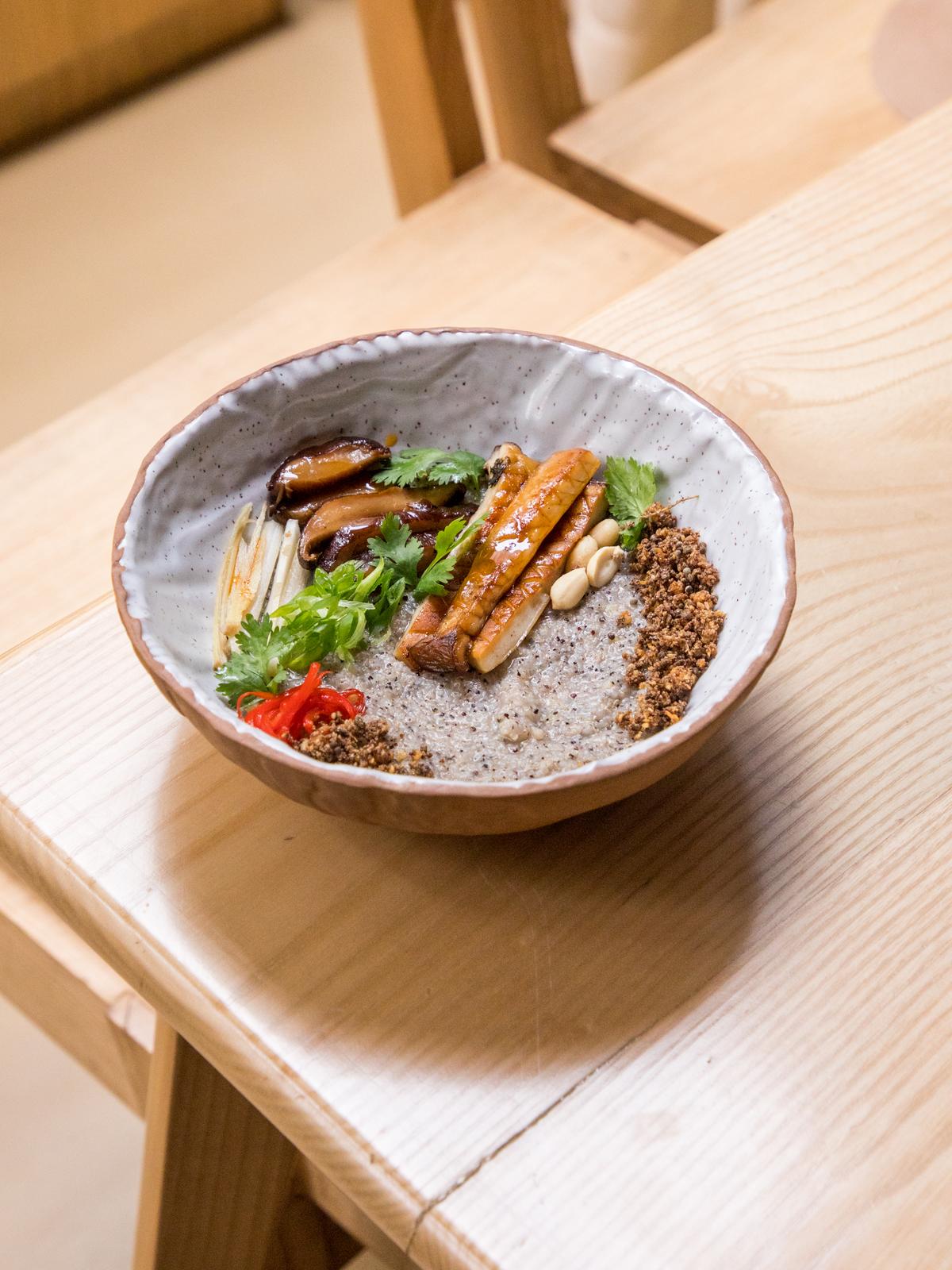
Millet Congee with Nameko Mushrooms
| Photo Credit:
Special Arrangement
The team prioritises a supply chain without middlemen. It leverages local contacts for direct transport or personally carries and preserves ingredients. Coffee, tea, and organic fruits for ferments are sourced this way from Nagaland and Manipur.
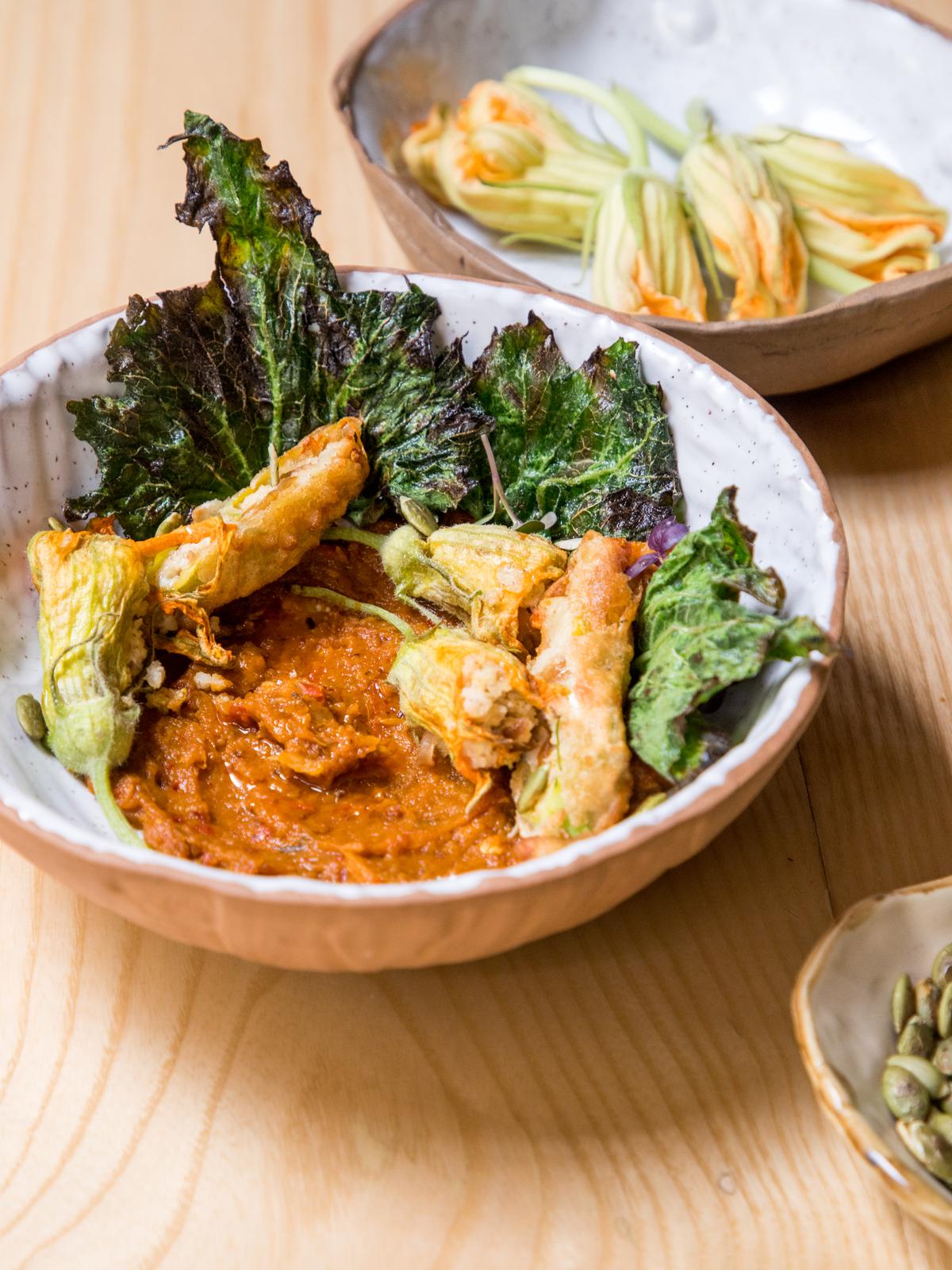
Pumpkin flower millet fritters
| Photo Credit:
Special Arrangement
OMO aims to conduct about three-four foraging expeditions annually and have so far travelled to Nagaland, Kashmir, and Bengal on long trips, and Uttarakhand, Mumbai, Coorg, Rajasthan, and Kerala on shorter trips.
Seasonal approach
Farmlore in Bengaluru, set in the middle of a farm, creates menus that bring locavore traditions to the table. What grows in the farm dictates the menu.

The hydroponics set up at Farmlore in Bengaluru
| Photo Credit:
Special Arrangement
“We follow a four-season crop rotation pattern. A weekly harvest list ensures 70% of the restaurant’s ingredients comes from the farm. Collaboration with local farmers for seasonal produce, like jamun, extends our menu offerings. Our 35-acre farm includes 12 greenhouses with hydroponic setups and a dedicated one for experimental and challenging crops, like white asparagus,” explains Johnson Ebenezer, chef patron and co-founder.

Madavai at Farmlore
| Photo Credit:
Special Arrangement
The team employs vertical farming methods, and grows around 50 varieties of local greens, beside other ingredients.
Johnson sources seafood from both coasts, adhering to breeding periods. This can be of in-season fish, and unique catches like clams and mullet from Rameshwaram, which are often not picked by large commercial establishments.

Tomato sorbet with Pusa red tomatoes and Joni Bella pearls, Halikar milk cheese
| Photo Credit:
Special Arrangement
Curating tea supply
For Adithya Kidambi, CEO, and Shishir Sathyan, co-founder, Mossant Fermentary, based in Vasantnagar, Bengaluru, nothing but the highest quality teas and tisanes yield the finest kombuchas. To ensure transparency and to avoid adulteration, they identified experienced tea dealers who source directly from estates/cooperatives at auctions from all three major tea-growing regions of Assam, Darjeeling, and the Nilgiris.
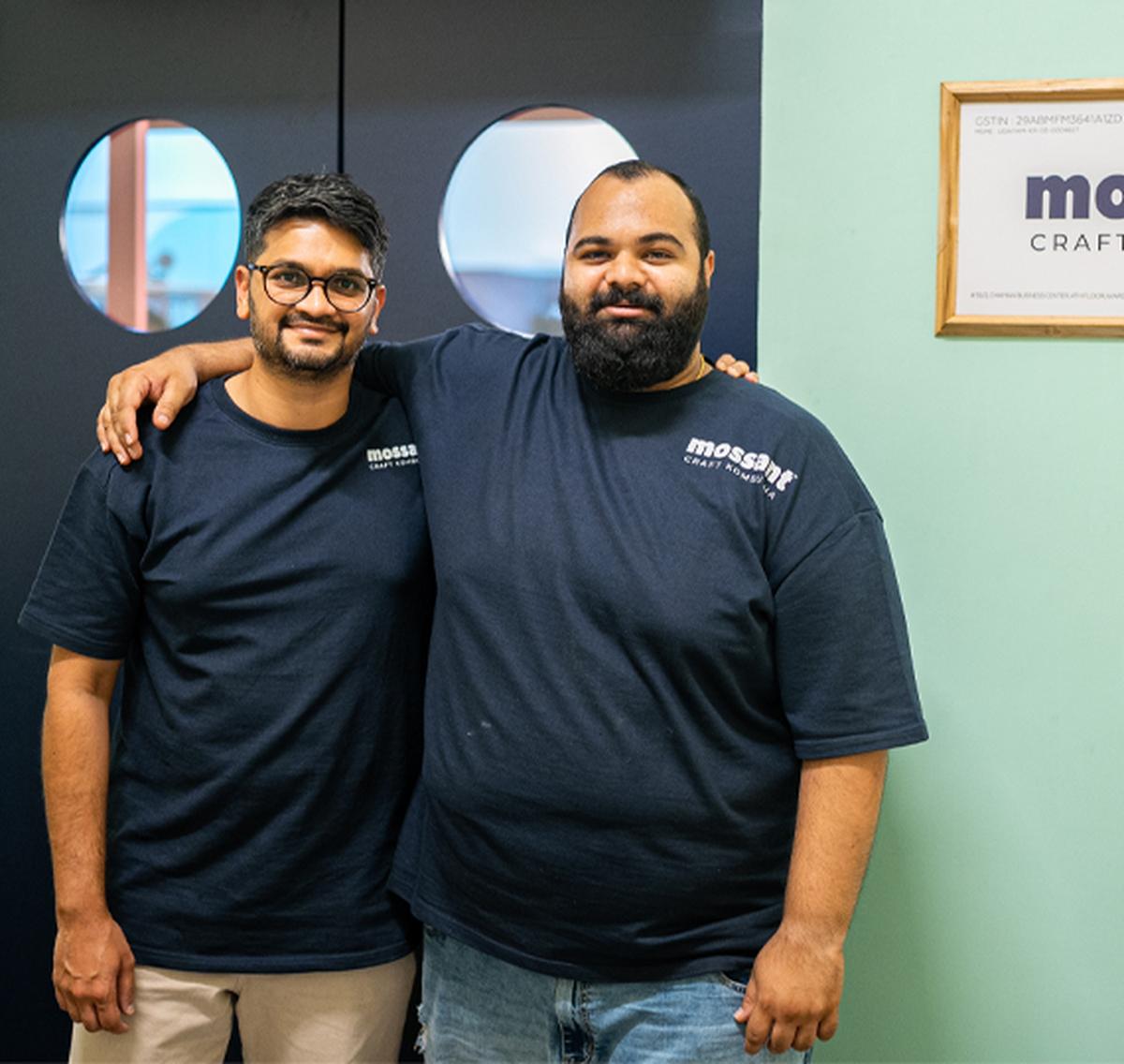
Shishir Sathyan and Adithya Kidambi
| Photo Credit:
Special Arrangement
For the brand’s 15 varieties of kombuchas, a strict standard for the tea mix is set. Adithya explains, “For the Earl Grey Lavender Kombucha, we use an Assam orthodox tea of Broken Orange Pekoe (BOP) grade, which is blended with bergamot flowers and lavender buds. Our Hibiscus variant is tisane-based, made exclusively from a crafted blend of red hibiscus flowers, lemongrass, and mandarin peels. All our tea come in 500 gram to a kilogram single-use, vacuum-sealed, nitrogen-flushed packs (the common practice is five to 15 kilogram packs) that, when opened, are used entirely and immediately. This captures the volatile aromatic compounds and the highest levels of freshness too”.

An offering at Mossant Fermentary
| Photo Credit:
Special Arrangement
While the duo reserves the right to reject batches that do not meet their specifications, they say that tea traders are more than happy to work closely with them and inject new life into the old-school tea industry.
Lapsang Suchong (smoked tea)
| Photo Credit:
Special Arrangement
Cropping cacao
In India, for the longest time, industrial chocolate producers were the driving force with a focus on productivity over flavour, resulting in a lack of distinct regional flavours. Chaitanya Muppala, founder of Manam Chocolate and CEO of Distinct Origins, worked to change that by creating a customised supply chain right from cultivation and harvest to processing and creating with cacao.
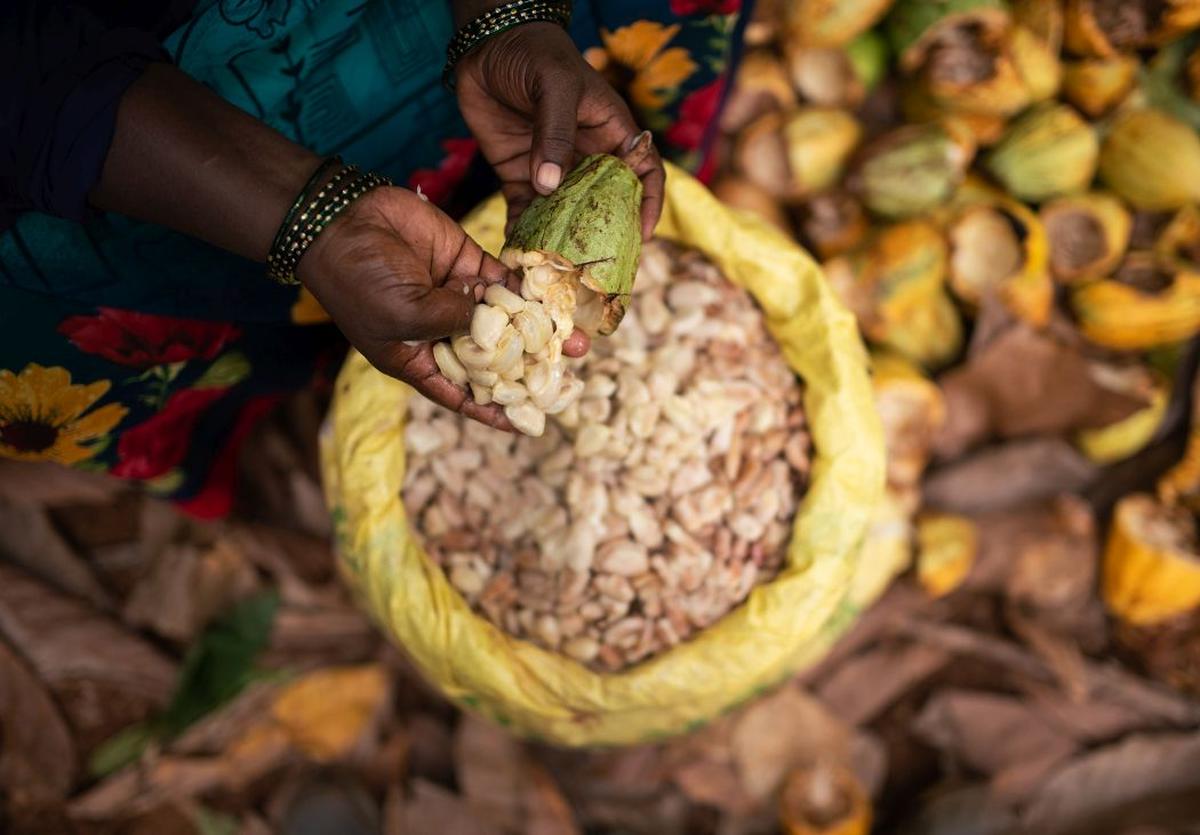
A snapshot from Manam Chocolate’s cocoa farm
| Photo Credit:
Hashim Badani
“We work with 150 farmers over 3,000 acres of cacao in the West Godavari region, setting criteria from plant and soil nourishment to processing and fermentation. Our proprietary technology, including advanced sensors, monitors key variables and sets us apart globally. Our goal is to produce fine-flavoured cacao from India’s primarily industrial genetics cacao,” explains Chaitanya.
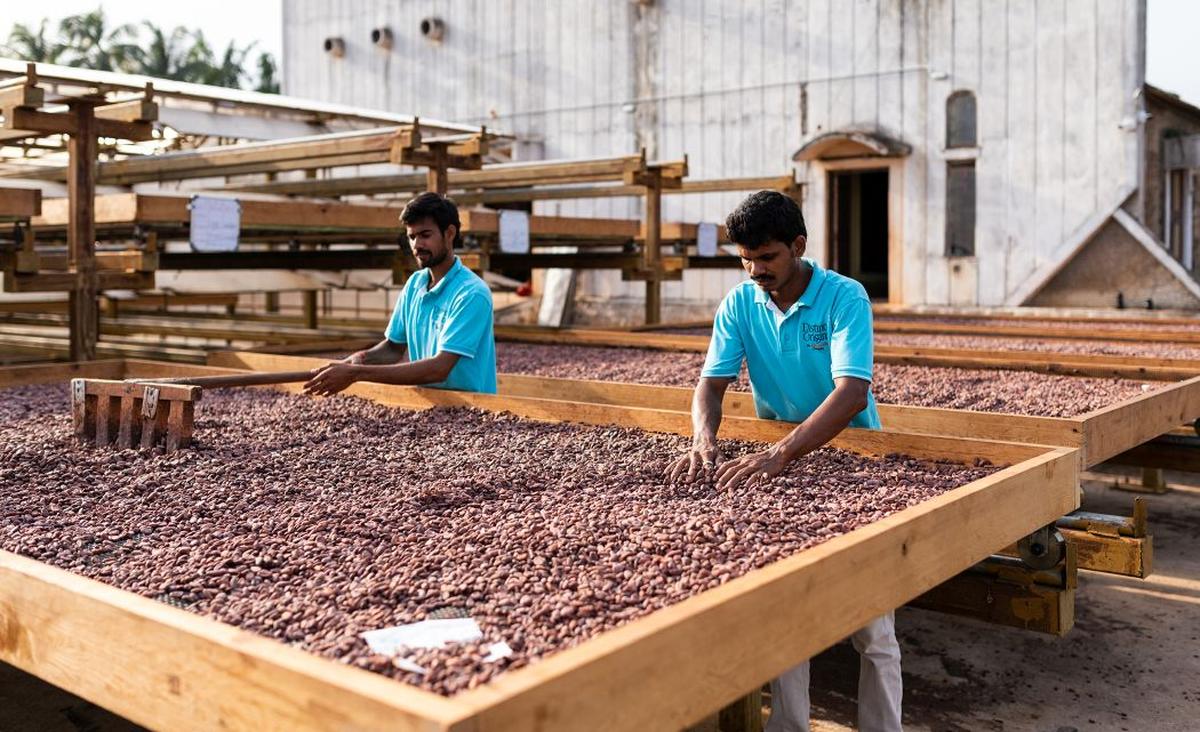
Manam works with 150 farmers over 3,000 acres of cacao in the West Godavari region
| Photo Credit:
Hashim Badani
Hyper-local route
Kappa Chakka Kandhari (KCK — Bengaluru and Chennai) focusses on the ethnic micro-cuisines of Kerala. It is based on three intense years of travel and research through 265 homes and 70 toddy shops across the State. “For a dish from central Travancore, I prefer to have my ingredients from there because sourcing hyper-locally best suits the dish,” says Chef Regi Mathew, culinary director and co-owner.

Chakka Vevichathu
| Photo Credit:
Vinayak Grover
When you eat the pazhampori or the pineapple nendran masala at KCK, it is the Chengalikodan nendran from Thrissur you are savouring. These bananas have the perfect colour, firmness and sweetness that Regi deems fit for his dishes. Coconuts come from Kuttiady and Kandhari chillies from Thiruvananthapuram, because the temperate climate ensures the desired level of potency, Regi has found.
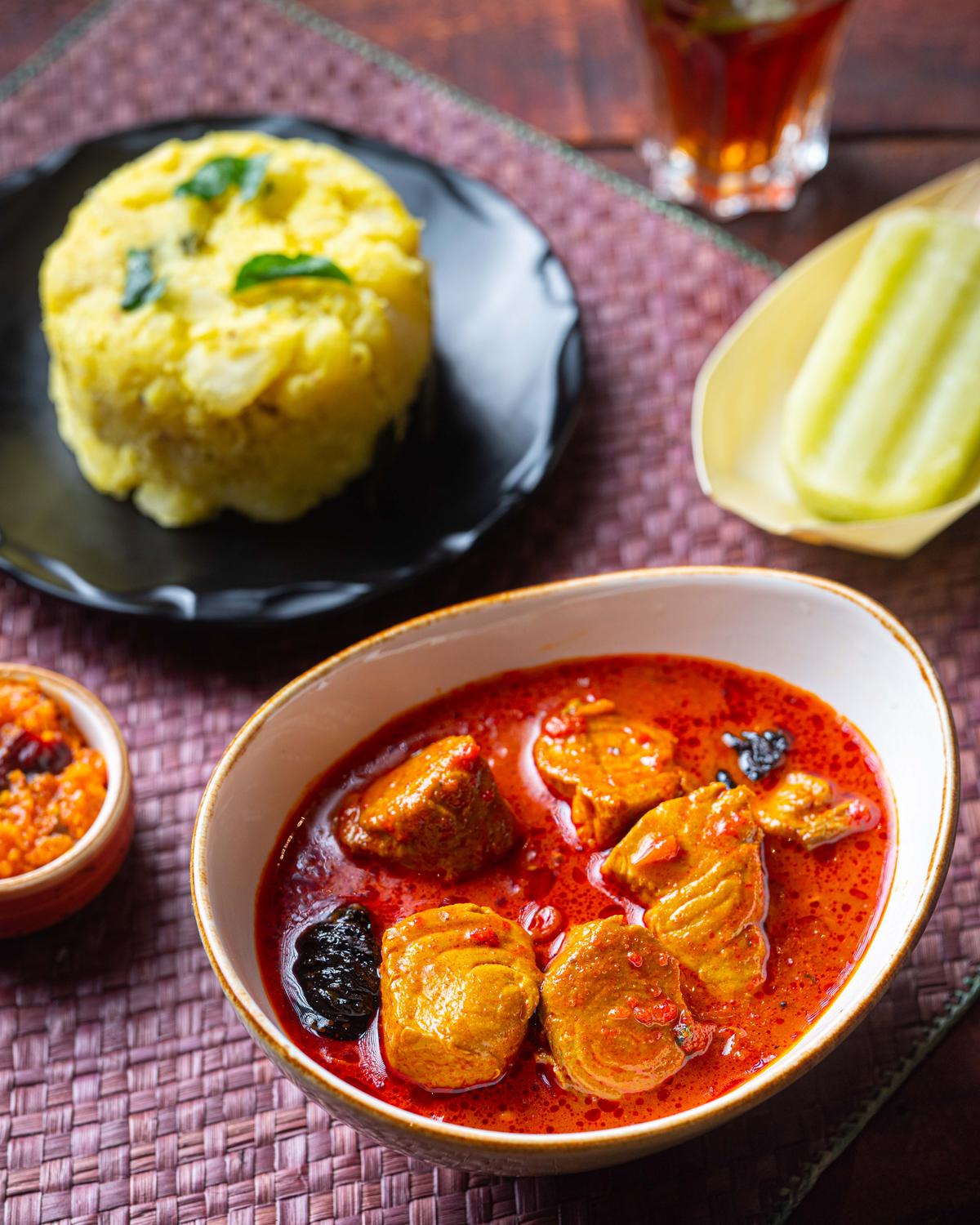
Kappa Fish Fry
| Photo Credit:
Vinayak Grover
“The terrain and soil condition in Ramapuram, from where we get our tapioca, has the right water content and it isn’t dry. With blast freezing techniques, tapioca is packed and sent via the Railways to Bengaluru and Chennai overnight. This reduces exposure to fluctuating temperatures too,” explains Regi.
“We work with five farmers now. I request them not to use chemical-based fertilisers and pesticides. We even bring them to the restaurant and they are proud to see how their produce is being used and appreciated. Our approach to ingredients is not definitive, but it is the way we choose to showcase our food,” says Regi.
Investment plan
“Supply chain management, especially for an experiential dining place, relies heavily on relationships with suppliers, unlike commercial restaurants with a stable, homogenised supply chain,” says Chef Manu Chandra, co-founder and partner Manu Chandra Ventures, of his restaurant Lupa. For him, becoming an investor in some supplier brands became a way to have skin in the game and showcase how great products can be made.
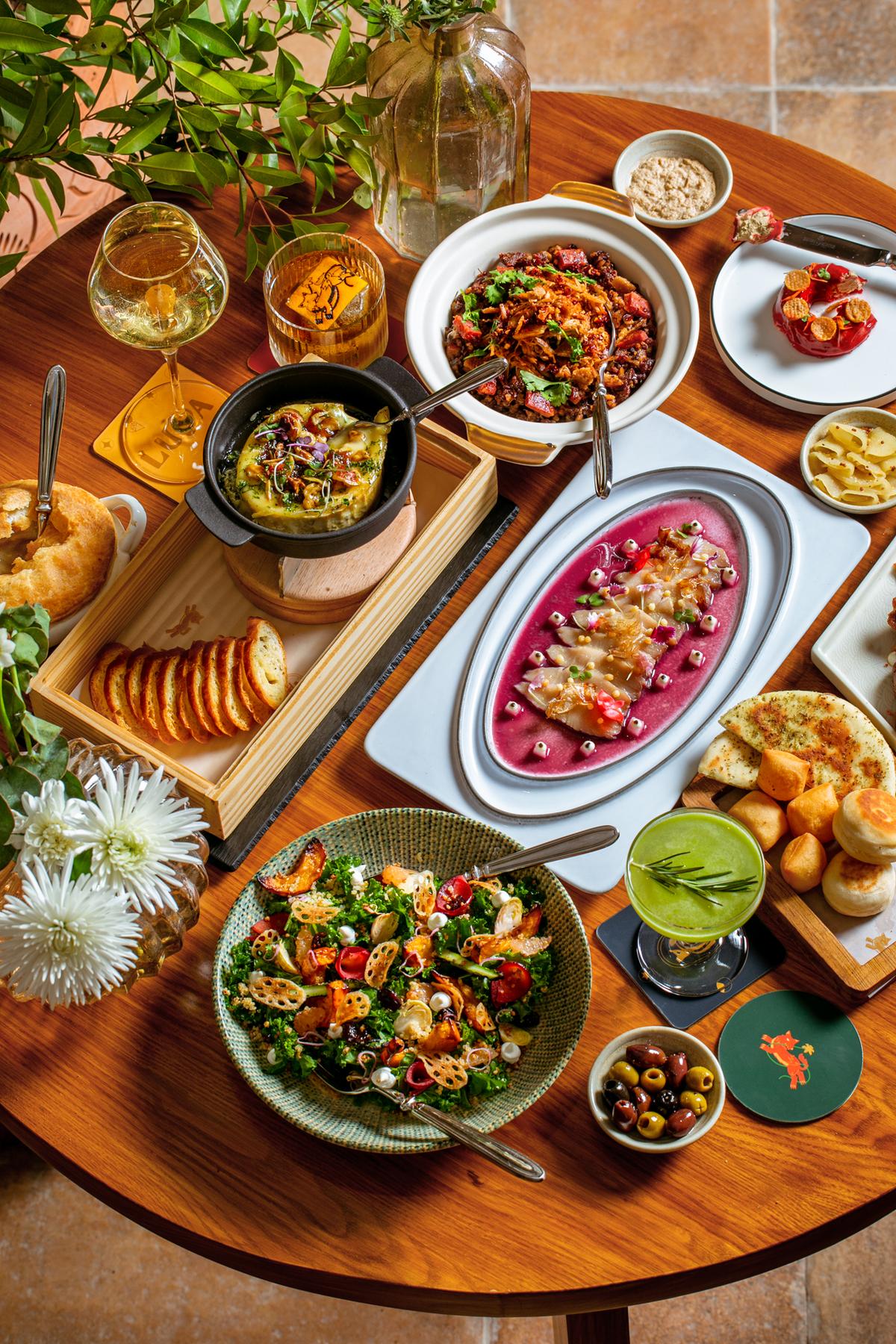
Food at Lupa
| Photo Credit:
Assad Dadan
Lupa offers dishes like the hot brie, truffle brie and a cheese board, which includes brie and manchego from Begum Victoria, his organic handmade cheese venture. Guests know this and it is a double win for the cheese brand and for Lupa’s work with it, says Manu. Similarly, Shaka Harry focusses on plant proteins and substrate products and has been a part of Lupa’s menus in the past. The lasagne was a preferred entree for vegetarians.
With Chhota Hazri Spirits, Manu has worked with the team on flavour development for Baagh gin. While he awaits its registration for sale in Bengaluru, a special spirit for Lupa may just be in the works in the future. “When you have invested in it, you take ownership, and you have a piece of the pie,” says Manu.
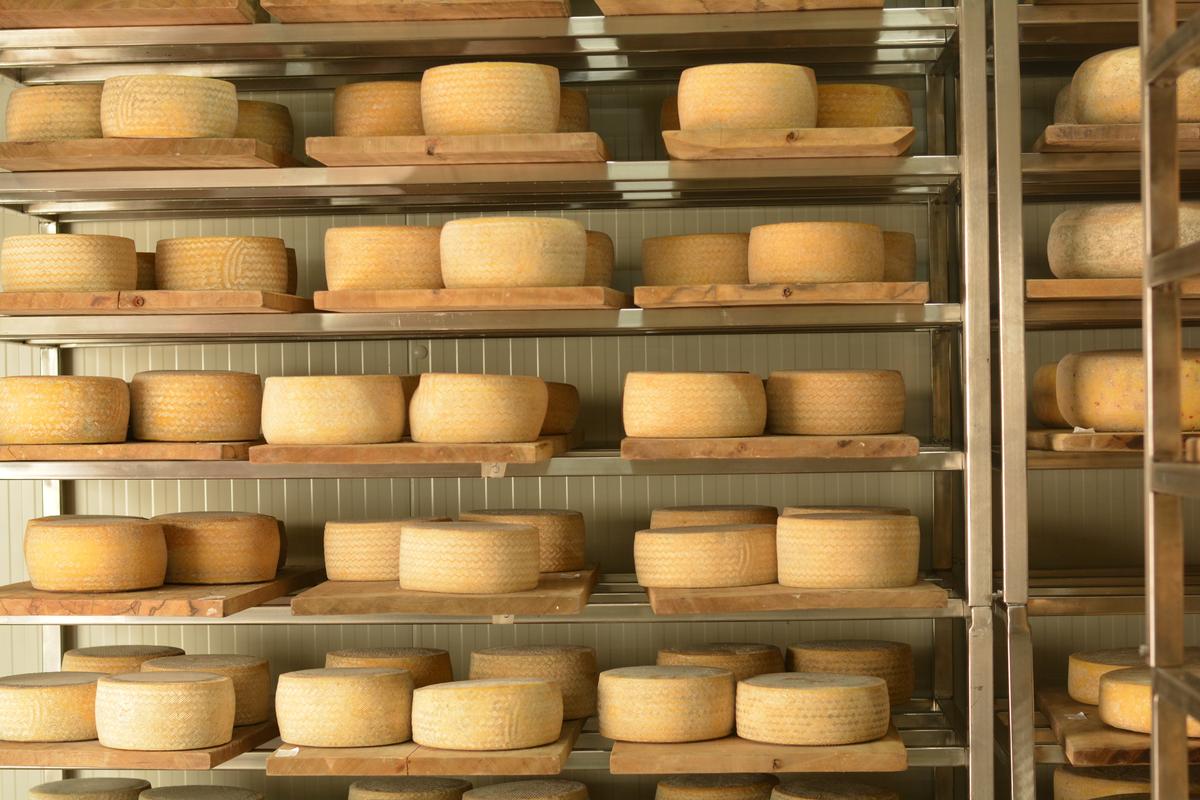
Begum Victoria Cheese Cave
| Photo Credit:
Special Arrangement
Customising supply chains is not necessarily organic or zero-mile focussed. However, the processes create a unique culinary experience for diners and set quality standards that reflect the ethos of the brand.
Published – March 14, 2025 03:11 pm IST






